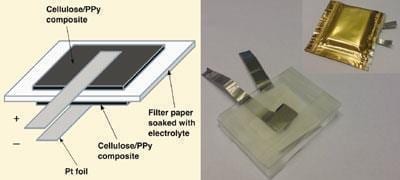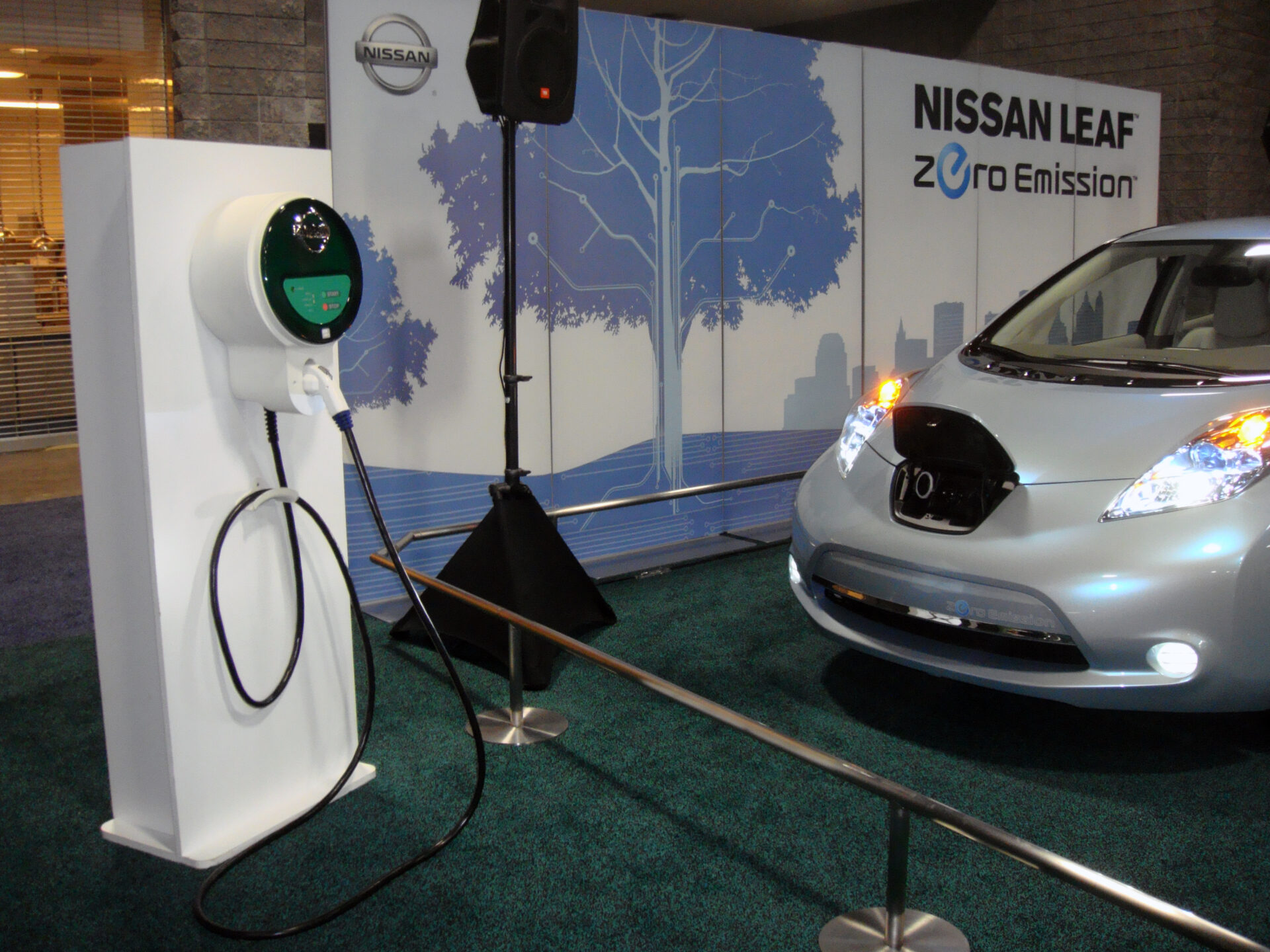Has a range of more than 120 miles (193 km)
It doesn’t seem too long ago when we were reporting on breakthroughs in battery technology that would allow electric motorbikes like the Brammo Enertia to travel as much as 45 miles (72 km) on a single charge. These days, we’re seeing most of the recent arrivals (such as the 2012 Zero S range, for instance, or the gorgeous custom-built Brutus 2.0) flying past the 100 miles (160 km) barrier with relative ease, a range long enough to quieten even the most fervent of petrol-heads. Two Purdue University engineering students have recently completed the conversion of a Yamaha YZF600r to electric power that further pushes the envelope to more than 120 miles (193 km), using batteries cooled by phase change material.
Sean Kleinschmidt and Jim Danielson are no strangers to electric vehicle conversion. In 2009, the students transformed a red 1987 Porsche 924S (with a blown engine) into an electric-powered head-turner – with a lead-acid battery, and a forklift truck motor. It’s fair to say that its top speed of just 55 mph (88.5 km/h) and range of 50 miles (80.4 km) didn’t quite match its sporty looks, though. The pair then went on to co-launch the Purdue Electric Vehicles Club with fellow enthusiast Tony Coiro in 2010. The students also took possession of a 2000 Yamaha YZF600r with a bad transmission that same year.
The bike’s engine and transmission were subsequently ripped out to make room for a battery pack, an electric motor, controller and other components, while the gasoline engine was sold to help fund the conversion project. While working on the Model S battery pack during an internship at Tesla Motors in California, Kleinschmidt managed to secure a donation of 1,512 Lithium-Ion batteries to make up a 10.6 kWh/117V peak battery pack. An internship at the Delphi Corporation was also of benefit to the project.
“Delphi was able to help out with not only a knowledge base but also by donating some of the electrical components such as the SAE J1772 standard EV charge plug,” Kleinschmidt told Gizmag.
To help extend the life and the range of the battery pack, the build team began working with AllCell Technologies to incorporate the company’s phase-change thermal management technology into the design. AllCell’s custom phase change material-graphite composite surrounding each battery cell is said to absorb and distribute heat during discharge or when the motorbike is exposed to increased ambient temperatures.
“AllCell provided its phase change material (PCM) to thermally protect the batteries and we allowed them use our battery assembly facility to build the modules,” said Greg Albright, Project Manager at All Cell Technologies. “PCM absorbs and distributes heat generated by the battery cells to maintain a low, uniform battery temperature, which is critical for cycle life. If one cell goes into thermal runaway (think Sony laptops, Chevy Volt) it prevents the neighboring cells from being triggered in a domino effect.”
Bookmark this page for “electric motorbike” and check back regularly as these articles update on a very frequent basis. The view is set to “news”. Try clicking on “video” and “2” for more articles.










